View all Standards for Florida Sunshine State Standards
TH.912.C.2.5 Analyze the effect of rehearsal sessions and/or strategies on refining skills and techniques by keeping a performance or rehearsal journal/log.
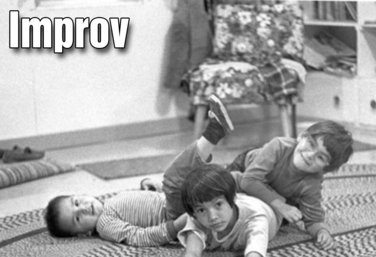
Improv
by Anna Porter
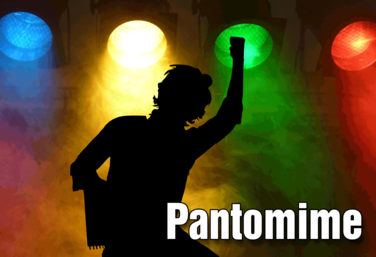
Pantomime
by Angel Borths
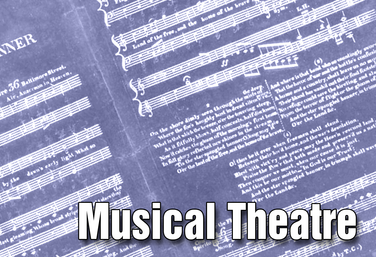
Musical Theatre
by Anna Porter
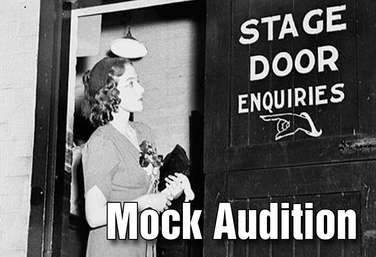
Mock Audition
by Lindsay Price
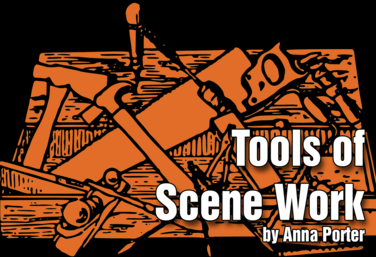
Tools of Scene Work
by Anna Porter
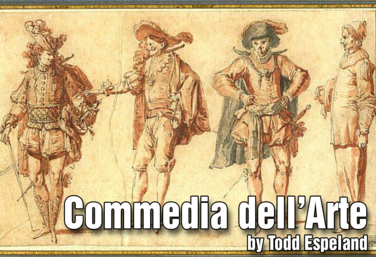
Commedia dell'Arte
by Todd Espeland
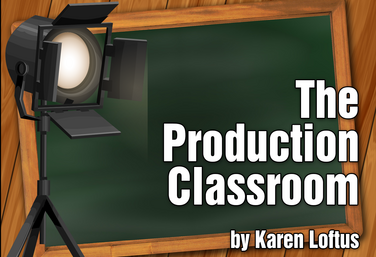
Part of the Production Classroom Units Curriculum
Production Classroom Units Overview
by Karen Loftus

Part of the Production Classroom Units Curriculum
Part One - Pre-Production
by Karen Loftus

Part of the Production Classroom Units Curriculum
Part Two - Rehearsal and Performance
by Karen Loftus

Part of the Production Classroom Units Curriculum
Part Two - Documents
by Karen Loftus

Part of the Production Classroom Units Curriculum
Part Three - Reflection and Assessment
by Karen Loftus

Part of the Distance Learning Curriculum
Mock Audition
by Lindsay Price
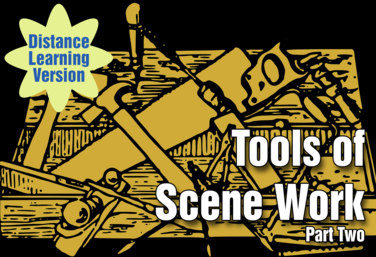
Part of the Distance Learning Curriculum
Scene Work: Part 2, Student Self Staging
by Lindsay Price
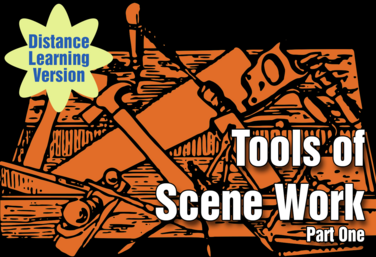
Part of the Distance Learning Curriculum
Scene Work: Part 1, Tools of Scene Work
by Lindsay Price
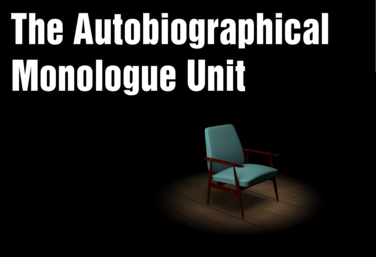
The Autobiographical Monologue
by Gai Jones

Working With Monologues For Rehearsal And Development
by Gai Jones

Laban: Advanced Characterization
by Todd Espeland
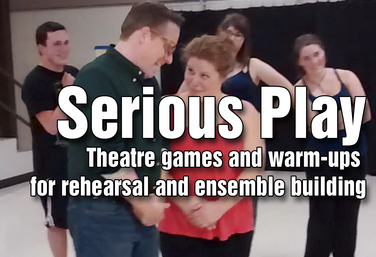
Serious Play: Theatre Games and Warmups for Rehearsal and Ensemble Building
by Todd Espeland
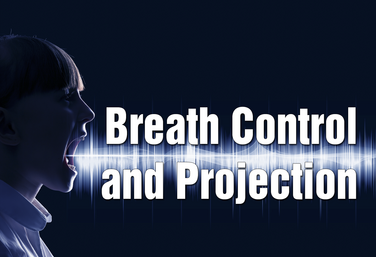
Breath Control and Projection
by Elisabeth Oppelt
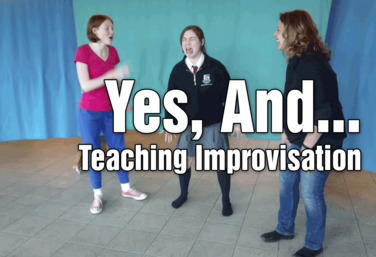
Yes, And... How to Teach Improv
by Jennine Profeta
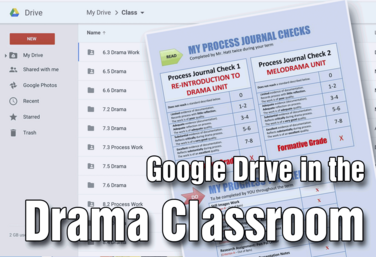
Google Drive in the Drama Classroom
by Josh Hatt
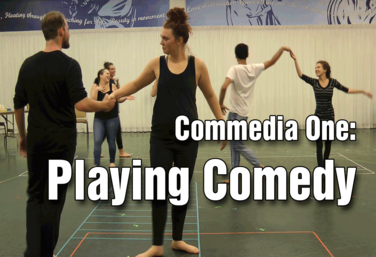
Commedia I: Playing Comedy
by Todd Espeland
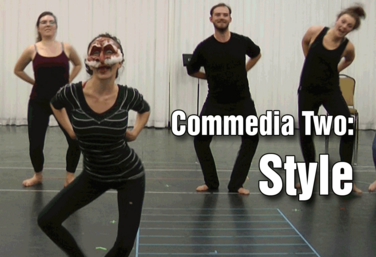
Commedia II: Style
by Todd Espeland
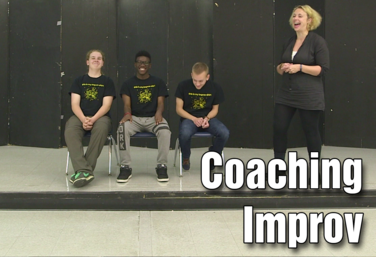
Coaching Improv
by Jennine Profeta

The Production Classroom
by Karen Loftus

21st Century Skills Through Devising
by Allison Williams
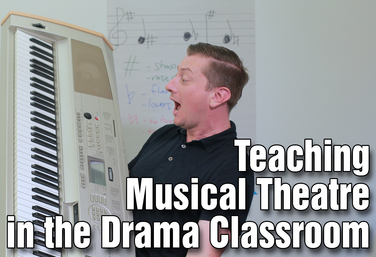
Teaching Musical Theatre in the Drama Classroom
by Colin Oliver
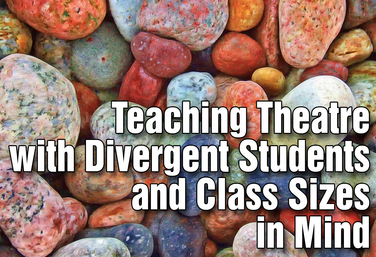
Teaching Theatre with Divergent Students and Class Sizes in Mind
by Steven Stack
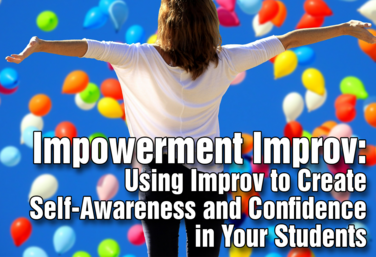
Impowerment Improv
by Jennine Profeta
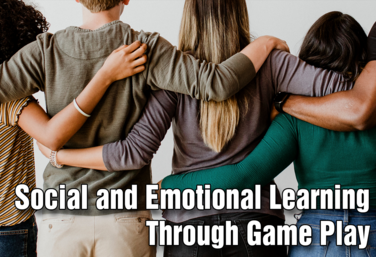
Social Emotional Learning through Game Play
by Matt Webster
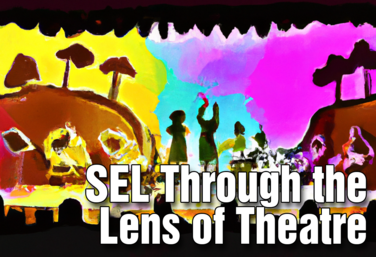
SEL Through the Lens of Theatre
by Christa Vogt
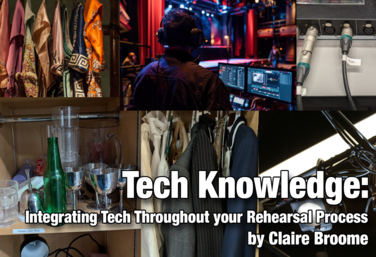
Tech Knowledge: Integrating Tech Throughout Your Rehearsal Process
by Claire Broome
View all Standards for Florida Sunshine State Standards Standards Master List